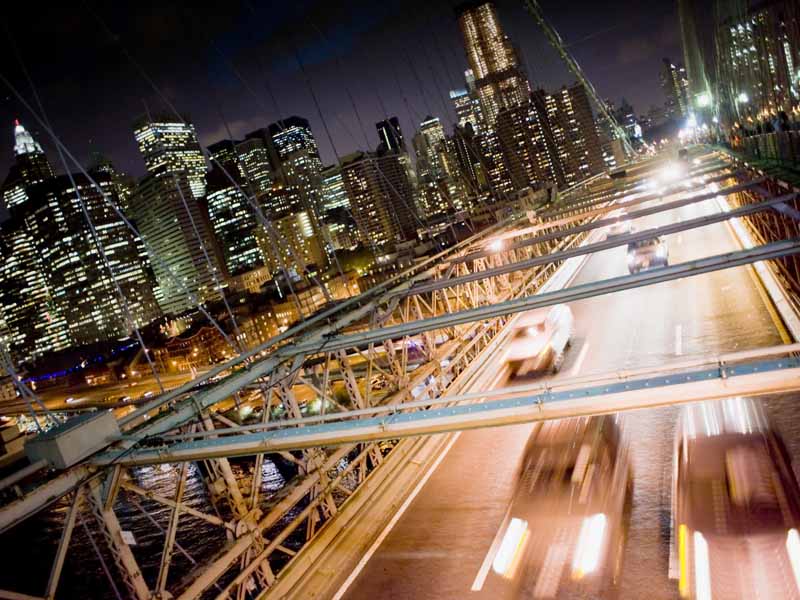The Prime Minister has signalled that he wants Australia to be an infrastructure leader. The Governor of the Reserve Bank has stated we need more infrastructure investment. And every day we experience the frustrations of infrastructure shortfalls that affect productivity.
Our transport system is but one example. In Sydney and no doubt elsewhere, the explosive growth in multi-unit construction has led to over-crowding of our school infrastructure.
And our changing age demographic is just beginning to impact our need for health and care infrastructure.

So we both want and need new infrastructure. This new infrastructure will represent a significant allocation of resource, both public and private, so it is vital we apply our best thinking to it.
In particular, the infrastructure issue raises the question of how will we integrate technology and innovation into these programs?
The first of three major challenges to this integration of technology and infrastructure, and for that matter innovation generally, is that this must be more than simply improving old processes: It is about imagining what might be possible.
We applied technology to improve the flow of traffic along tollways and through tunnels by digitising the toll collection, but the use of those roadways is unchanged.
But consider the possibility of this scenario that I previously used as an example to encourage government to expand its innovation horizons.
“Within five years we could see the initial transformation of transport to autonomous, continuously charging, independent four-wheel drive, electric vehicles, all interconnected in their “awareness” of each other and of the traffic flows, with routing, timing traffic lanes, signals and priorities set in real time by algorithms.
So each evening I can book a seat (complete with fast wireless service) to transport me from my local stop to my desired set-down to arrive, with a 98 per cent probability of being on time.”
What is interesting about this scenario is that of the five technologies that play a part in this outlook, four are Australian and the fifth is from New Zealand. At worst, these go unnoticed, at best they are just unconnected.
The second challenge is that to realise the imagination required for successful integration of technology and infrastructure. We need new information exchanges and collaborative networks to break down our silos of knowledge to gain the broad view of the possible.
The third challenge to a successful integration is to recognise that this is a social discussion as much as a technology discussion.
What is the autonomy that we each want to reserve for ourselves, and what will we concede in our choices for an optimised community outcome?
I do not know if in the end this will actually be a real constraint, but we need to accept this social consideration if we are to avoid it creating hidden agenda which will certainly sub-optimise our efforts.
This will be the challenge of leadership.
So how should we integrate infrastructure and technology? I know that I can’t answer this on my own, so the hope of this column is to elicit your thoughts.
For my part, I imagine a starting process of Opera House Design Contest meets 99Designs: That is, a series of rewarded contests across the country to give exposure to, and encourage collaboration among, the technologies that could transform our country’s infrastructure.
Concurrently, governments could be opening their data vaults, and supporting research, to provide the information needed to dimension the needs.
One final crucial element to such an undertaking; like any startup, it will need to pivot as it gains experience.
Paul Cheever is Chief Executive Officer and Director of the Australian Institute for Innovation. The AII is a not-for-profit organisation whose mission is to bring practical experience to inform Australian policy and program discussions on the innovation system and innovation investment.
Do you know more? Contact James Riley via Email.
